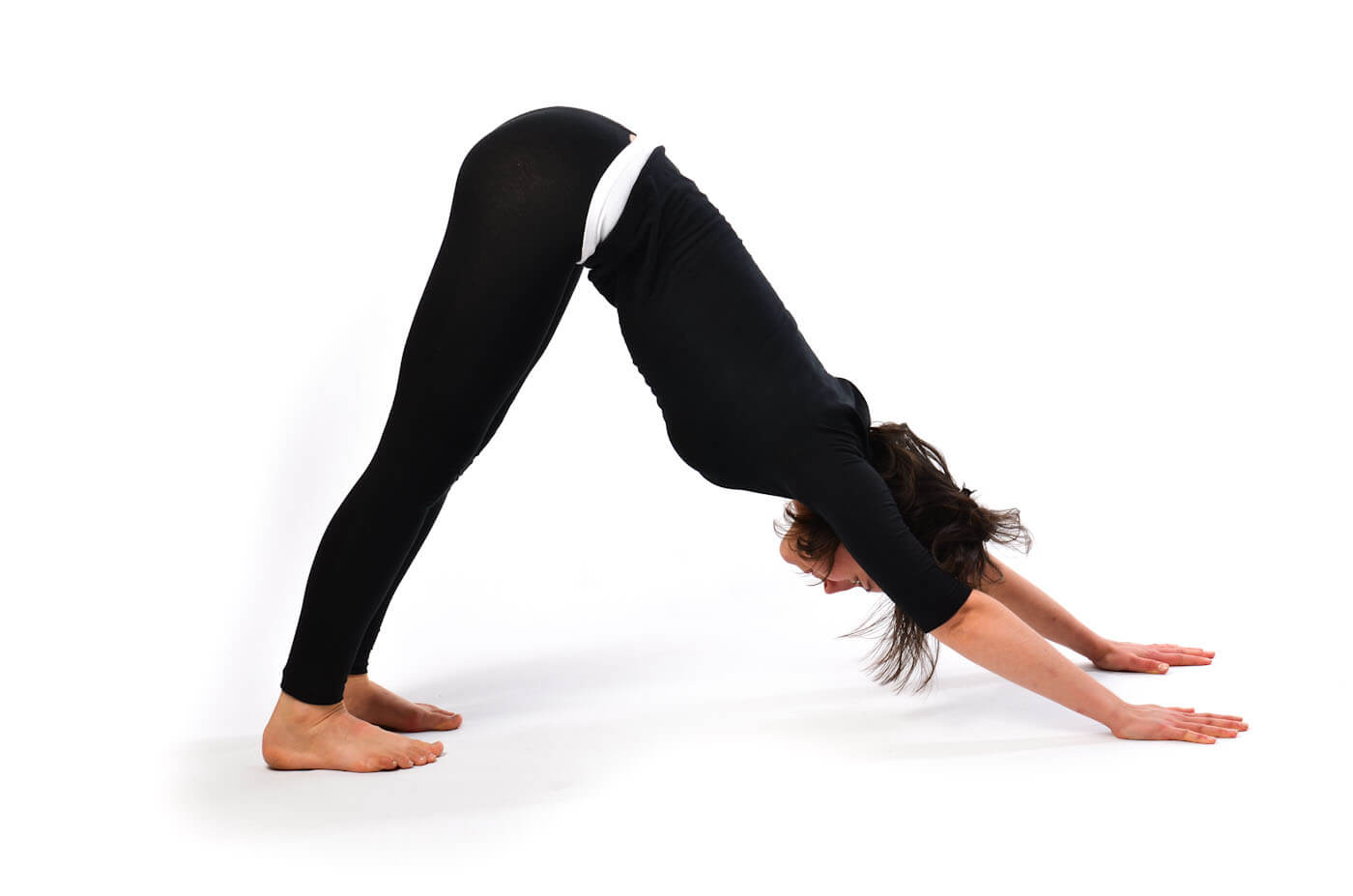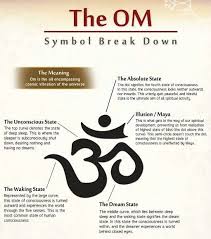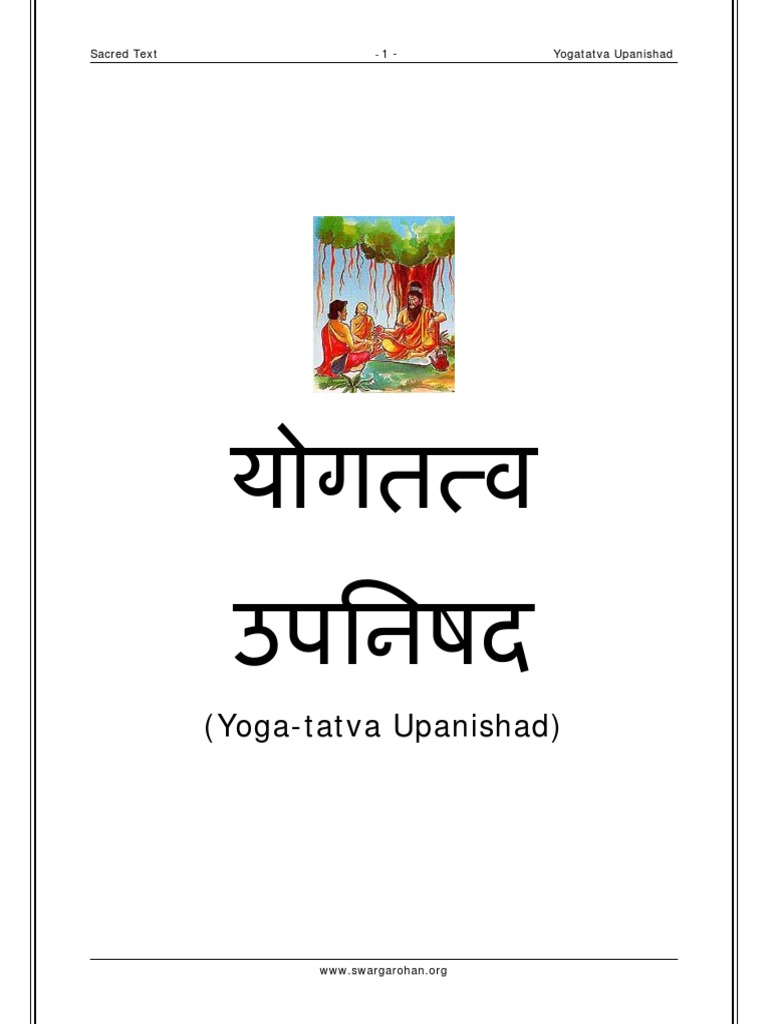
Pranayama is a special branch that deals with breathing. It is an integral part yoga practice. This technique involves taking a deep breath through both nostrils, keeping the glottis closed, and a neutral spine. This breathing exercise is calming and helps reduce stress. It is possible for children to learn more complex yoga breathing techniques (such as Ujjayi Pranayama) to improve their concentration, and reduce stress.
This is a breathing exercise to relax the body. It's a simple technique which relaxes the abdomen by inhaling then exhaling. This breath technique supports the diaphragm. You can do it at home or in your office for anywhere between six and twelve breaths. Breathing yoga has many benefits beyond improving your mental health. It can improve the quality of your sleep and enhance your mindfulness.

It can help you relax and relieve stress by practicing breathing yoga. Relaxation can be achieved by slow and steady breathing. Your abdomen expands as you inhale. As you exhale, it contracts. This exercise can be used to support the diaphragm. It is essential for the diaphragm's movement. This exercise can be done while performing daily activities. Focusing on an image or word that makes you smile, or calms you can help you breathe more effectively.
Even though breathing yoga exercises can reduce stress, you should still listen to your body. Side effects of this exercise could have a negative impact on your health. You might have to modify your practice or see a physician if you develop depression or anxiety. Before you begin any exercise, it is important to consult a mental health professional if you have lung disease or respiratory problems.
Deep breathing and increased heart rate are some of the benefits of yoga. We can relax our mind and body by controlling our breathing. Deep breathing is essential to our bodies' ability to function properly. Make sure you do it as often and as often as possible. This breathing exercise is so efficient that it's recommended for athletes. It can lower stress levels and increase energy. It can help us relax while we're on the job. It is also a great way to get better sleep at night.

Breathing exercises are great for reducing tension and stress. Deep breaths can relax you and help reduce anxiety. Your breathing is an important part of yoga. This can help you to get rid of negative emotions, and it can also increase your energy. You can perform this breathing exercise for as long as you like. This will improve your sleep quality. It will also make you more productive and alert. You will be more successful at work.
FAQ
How often should I exercise each week?
It all depends upon how much time you have and what type or exercise you prefer. The general rule of thumb is to exercise aerobically 3 - 5 days per week. Don't go overboard. For maximum results, consistent exercise is key to getting the most out of your workouts.
Which exercises are most effective for me?
It all depends upon your fitness goals. Some people choose to focus on endurance activities, such as swimming, cycling, and running. Others like lifting weights or using resistance band. There are many exercise programs on the market today. You can choose the one that best suits you.
How to Build Muscles Fast
To build muscle quickly, eat healthy foods and exercise regularly.
When you're fresh and ready to do something, early morning is the best time for working out.
You should try exercises such as squats, bench presses, push-ups, etc.
You can try different weight training methods and remember to drink lots of water throughout the day.
Cardio Exercise: Good or Bad for Your Health?
Cardiovascular exercise has many benefits. It improves blood circulation, strengthens heart muscle, gives you energy, and can even help you lose weight.
Cardiovascular exercise includes running, biking, hiking, swimming, tennis, basketball, soccer, volleyball, football, etc.
Cardio exercises should not be done at high intensity. This could cause injury.
You should only perform the cardiovascular exercise if you are feeling well.
It is important not to push yourself beyond your limits. Otherwise, you could end up injuring yourself.
Cardiovascular exercise is best done warm-up first. Then, gradually build up to higher intensity levels.
Remember, you should always listen to your body. If you feel pain when doing cardiovascular exercise, you should immediately stop.
It is also recommended to take some time off after a cardiovascular exercise. This allows your muscles time to recover.
Cardiovascular exercise is essential for losing weight.
This is the best way to lose weight and belly fat.
Statistics
- By John Thompson Take a whopping 38% off a set of PowerBlock Pros. (menshealth.com)
- Get free shipping and 25% off today. (healthline.com)
- 10 pounds in a month is likely during a lean bulking phase, especially for beginners. (muscleandstrength.com)
- According to the American Heart Association, blood pressure should be checked at least once every two years, beginning at age 20. (my.clevelandclinic.org)
- Cardmembers earn 5% Back at Amazon.com with a Prime Credit Card. (amazon.com)
External Links
How To
How can I exercise to burn fat?
Exercise burns calories through increased metabolism and oxygen consumption.
Exercise at a moderate intensity to safely lose weight.
To burn fat while exercising, follow these tips:
-
Cardio exercises like walking, running (or jogging), swimming, cycling, running, and/or elliptical training are all good options.
-
For 30 minutes, do it three times a week.
-
You can add strength training into your exercise routine if you're looking to lose even more weight.
-
Avoid intense workouts. You can build muscle without having to lose muscle tissue.
-
When exercising, make sure to drink lots of water. Water flushes out toxins and helps keep the body hydrated.
-
After exercising, consume low-fat protein smoothies. Protein shakes are great for your muscles and energy.
-
You can eat smaller meals throughout the day so that you don't feel hungry in between meals.
-
Don't skip breakfast! Skipping breakfast can cause you to feel tired and sluggish.
-
Mental health is important. Stressful situations can slow down metabolism.
-
Keep a positive attitude. Research shows that overweight people gain more weight if they believe they are overweight than those who believe they look good.
-
Get enough sleep. A lack of sleep makes it difficult to lose fat.
-
Always be active. Get up every hour and get moving.
-
Maintain a healthy diet. You will feel fuller longer if you eat right.
-
Find ways to relax. Relaxing doesn't mean your body releases stress hormones which cause muscle tissue to be destroyed.
A balanced diet provides all the nutrients necessary for growth and development.
Consider eating six small meals daily instead of three big ones. This allows your body time to digest what you've eaten.
To maintain strong bones, you need to consume 500 mg of calcium each day. Calcium is available in dairy products like milk, yogurt, fortified soy beverages, orange juice, cereal, bread, and cereals.
Calcium can be found in leafy green veggies, beans, tofu and nuts as well as seeds, nuts and cheese.
Your body needs vitamin D to absorb calcium. Vitamin D can also be found in some fortified foods such as eggs, fish, and yolk.
Vitamin E is essential for skin health. Vitamin E can be found in vegetable oils as well as wheat germ oil, peanuts and almonds.
Your body requires zinc for normal immune function and wound healing. Zinc can be found as a mineral in oysters.
Zinc deficiency may cause fatigue, loss appetite, depression, and impaired immunity.
Eating too much sugar causes insulin resistance, which increases blood glucose levels. Insulin resistance leads to weight gain.
High levels of free radicals can lead to insulin resistance. Free radicals can be molecules with unpaired electrons that cause damage to cell membranes.
The main sources of free radicals are food additives.
Free radical damage can lead cancer, heart disease or diabetes, arthritis, asthma, or other forms of aging.
To prevent free radical damage, eat a healthy diet rich in antioxidants. Antioxidants protect against oxidative damage.
Vitamin C is found in citrus fruits and beta carotene is found in carrots.
Selenium, manganese (and zinc) are other antioxidant nutrients.
Selenium is known to protect cells from the oxidative damage that free radicals can cause. Selenium can also be found in Brazil nuts (tuna), liver, kidneys and shrimp.
Copper protects your eyes, brain, eyes and red blood cell. Copper is found in shellfishes, poultry, meat, organ meats, and other foods.
Manganese forms an essential part of bone structure. Manganese can be found in brown rice and spinach as well as bananas, prunes raisins, oatmeal, lentils, and oatmeal.
Zinc is important for healthy growth, reproduction, and wound-healing. Zn is present in lean cuts of meat and white fish, as well as eggs.